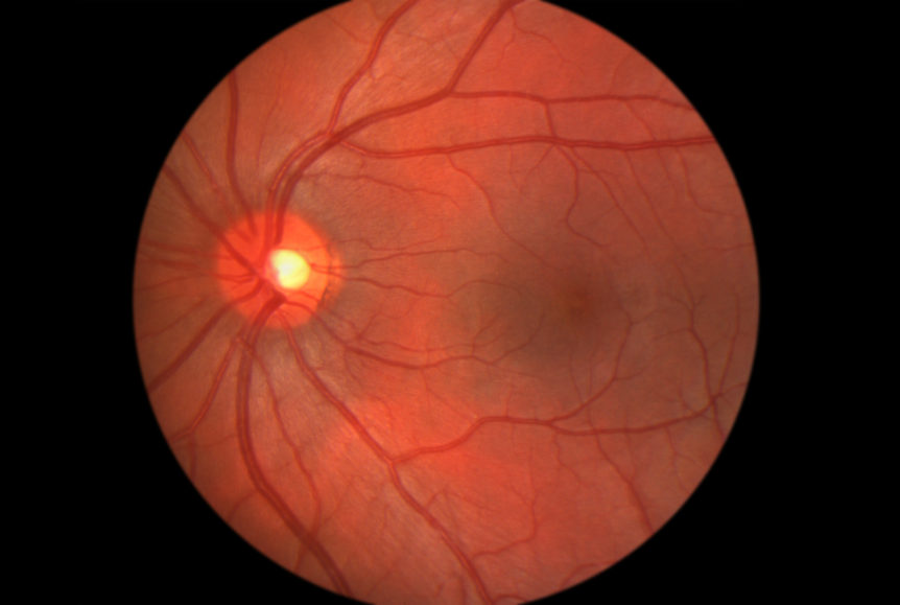According to a study led by researchers at Cedars-Sinai and NeuroVision Imaging, Alzheimer’s can affect the retina in a similar way it affects the brain. The researchers found signs of the disease before people started to feel the symptoms.
In the research published Tuesday in JCI Insight, investigators said they performed a noninvasive high-definition eye scan developed primarily for the study and found signs of the progressive disease that destroys the memory and other important mental functions. They also said doctors can now know if a patient will suffer from Alzheimer’s two decades before they begin to experience the disease.

This finding represents a real advance for identifying people with the pathological hallmarks of Alzheimer’s. The urgent warnings of the disease found inside the patients’ retinas were amyloid-beta deposits, a buildup of toxic proteins.
According to the Alzheimer’s Association, around 5.5 million of Americans of all ages suffer from the disease. Within that amount, an estimated of 5.3 million are age 65 and older. Thus, meaning approximately 200,000 people under the age of 65 have younger-onset Alzheimer’s. According to the association, the total number is expected to triple by 2050.
Researchers found key Alzheimer’s symptom in patients’ retina
The retina is a thin line located at the back of the eye, it receives the external light and sends impulses to the brain, where the image of what we see gets formed. In the retina, doctors found plaque: a buildup of toxic proteins called amyloid-beta deposits, a key symptom of someone who suffers from Alzheimer’s. These amounts of neurotoxic beta-amyloid protein are usually detected with positron emission tomography – or PET scans – and analysis of cerebrospinal fluid. However, these are invasive, inconvenient and expensive, which is why not a lot of people practice them.
“The findings suggest that the retina may serve as a reliable source for Alzheimer’s disease diagnosis,” said the study’s senior lead author, Maya Koronyo-Hamaoui, PhD, a principal investigator and associate professor in the departments of Neurosurgery and Biomedical Sciences at Cedars-Sinai. “One of the major advantages of analyzing the retina is the repeatability, which allows us to monitor patients and potentially the progression of their disease.”

Researchers considered the finding of amyloid plaques in previously overlooked peripheral regions of the retina as an advance for medical studies. Yosef Koronyo, a research associate in the Department of Neurosurgery and first author on the study, noted that the plaque is correlated with a similar plaque found in specific areas of the brain. “Now we know exactly where to look to find the signs of Alzheimer’s disease as early as possible,” he said.
According to the Alzheimer’s Association, Alzheimer’s is the most common form of dementia, characterized by memory loss and other cognitive disabilities that interfere with daily life. Alzheimer’s disease accounts for 60 to 80 percent of dementia cases.
Source: Cedars-Sinai
